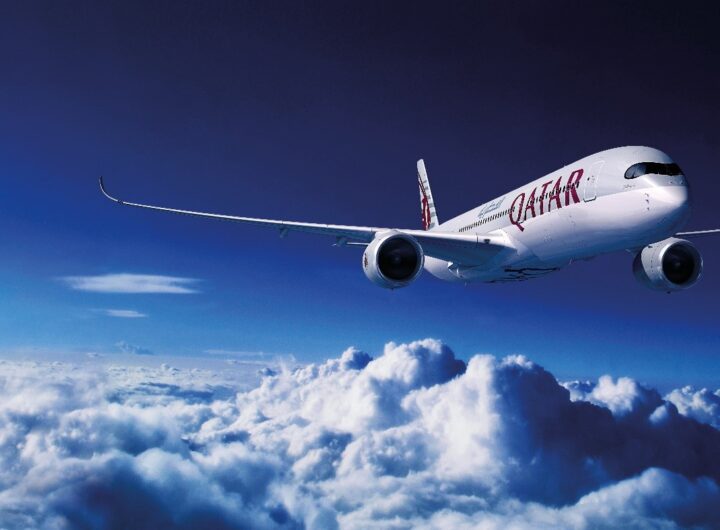
The International Air Transport Association (IATA) released data on global passenger demand in January 2024, indicating a robust start to the year. Total demand, measured in revenue passenger kilometres (RPKs), rose by 16.6%, while total capacity, measured in available seat kilometres (ASK), increased by 14.1%. The load factor was 79.9%, up by 1.7 percentage points.
International and Domestic Demand
International demand surged by 20.8%, with capacity rising by 20.9%. The load factor remained steady at 79.7%. Meanwhile, the domestic market grew by 10.4%, with capacity up by 4.6% and the load factor reaching 80.2%, an increase of 4.2 percentage points.
Regional Breakdown
Asia-Pacific airlines witnessed a significant 45.4% increase in traffic compared to January 2023, mainly due to China’s early stages of lifting COVID-19 travel restrictions. Despite the recovery in major international routes to/from Asia-Pacific still lagging, routes such as Asia-Middle East have exceeded pre-pandemic levels.
European carriers saw a 10.8% rise in traffic, with routes between Europe and North America rebounding particularly strongly, standing 6.5% higher than in January 2020. Middle Eastern airlines posted a 16.2% rise in traffic, while North American carriers experienced a 12.3% increase.
Latin American airlines’ traffic rose by 17.9%, pushing the load factor to 86%, the region’s highest. African airlines saw an 18.5% increase in traffic, although the load factor declined slightly to 73.3%, the lowest among the regions.
A Word from IATA’s Director General
“2024 is off to a strong start despite economic and geopolitical uncertainties,” said Willie Walsh, IATA’s Director General. He emphasized aviation’s critical role as a catalyst for growth, especially in the busiest election year ever. Walsh called for government policies that help aviation reduce costs, improve efficiency, and progress towards net zero CO2 emissions by 2050.
Domestic Markets
Domestic demand growth continues to be led by China, which saw strong demand for Lunar New Year travel. This is likely to have boosted traffic in February as well. Chinese carriers have responded by increasing capacity, particularly by deploying wide-body jets.
The six domestic passenger markets for which broken-down data are available account for approximately 31.4% of global total RPKs and 78.8% of total domestic RPKs.
 Qatar Airways Resumes Flights To Malta: Enhancing International Connectivity
Qatar Airways Resumes Flights To Malta: Enhancing International Connectivity  Turkish Airlines Crowned Best Airline in Europe for the Tenth Time
Turkish Airlines Crowned Best Airline in Europe for the Tenth Time  Taking on the Tasman: Air New Zealand Unleashes 1.7 Million Seats for Summer
Taking on the Tasman: Air New Zealand Unleashes 1.7 Million Seats for Summer  Oman Air Elevates In-Flight Dining with Exquisite Omani Rock Rose Dessert
Oman Air Elevates In-Flight Dining with Exquisite Omani Rock Rose Dessert  Cathay Pacific Elevates Inflight Dining with ‘Chinese Classics’ Menu
Cathay Pacific Elevates Inflight Dining with ‘Chinese Classics’ Menu  Hong Kong Airlines Set to Land in Sydney—And Travellers Reap the Rewards
Hong Kong Airlines Set to Land in Sydney—And Travellers Reap the Rewards  Viking Cruises Unveils 14 New Ocean Itineraries for 2026 & 2027
Viking Cruises Unveils 14 New Ocean Itineraries for 2026 & 2027  Seabourn Elevates Onboard Dining with New Menus and Local Flavours
Seabourn Elevates Onboard Dining with New Menus and Local Flavours  Oceania Cruises Marks a New Era with the Construction of the First Sonata Class Ship
Oceania Cruises Marks a New Era with the Construction of the First Sonata Class Ship 